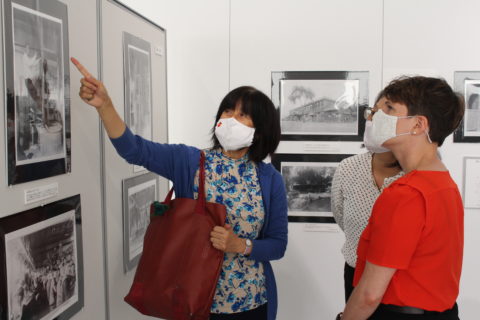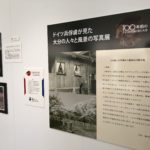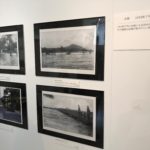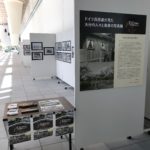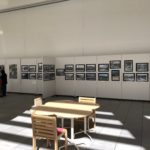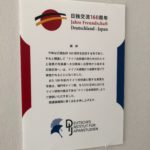DIJ Newsletter 66, Winter 2021/22

Articles
DIJ's Bandō Collection featured at exhibitions in Beppu, Ōita, and Naruto
After almost 20 years of being housed in the DIJ library, the DIJ has handed over its Bandō Collection to the Staatsbibliothek zu Berlin (Berlin State Library) on permanent loan. The aim is to ensure that this important collection is stored in a sustainable and appropriate way for historical sources. The collection comprises extensive and unique sources, predominantly from the Bandō prisoner of war camp in Naruto (Tokushima), but also from other camps where German and Austrian prisoners of war were housed during and after the First World War. The collection is to be newly digitised in Berlin and thus made permanently and more widely accessible to research and the public. Prior to the move, some exhibits from the collection were on display in exhibitions in the prefectures of Ōita and Tokushima in October and November 2021.
Many of the planned celebrations to mark the anniversary of 160 years of German-Japanese relations in 2021 could not take place or could only be held online due to the ongoing pandemic. As one of the few exceptions, the photo exhibition “160 Years of German-Japanese Friendship” took place on site at the German House in Naruto. It was opened on October 26, 2021 in the presence of the Deputy Governor of Tokushima Prefecture and the Mayor of Naruto City. The exhibition provided an overview of the development of relations between Japan and Germany (respectively Prussia), from the Eulenburg Mission (1859) and the signing of the Treaty of Friendship, Trade and Navigation in January 1861 to cultural exchange and strategic cooperation in the 21st century. It also featured copies of archival materials from the Bandō Collection. The exhibition was conceived by the German Embassy Tokyo and the Konrad Adenauer Foundation and supported by the DIJ as a cooperation partner. A more extensive and interactive version of the exhibition can also be visited online.
Already in mid-October this year, many exhibits from the DIJ Bandō Collection had been on display in exhibitions at Beppu University and in the Ōita Prefectural Museum of Art. The photo exhibitions “Ōita 100 Years Ago Seen Through the Eyes of German Prisoners of War” showed the life of prisoners of war in the Ōita (Kana’ike) camp, their excursions, and photos they took of Ōita and the surrounding areas. The exhibition at Beppu University was opened by the university’s president, Iinuma Kenji. Participants at the opening ceremony, including members from Ōita Prefectural Office, praised the photos as a unique historical resource. Cameras were not widely available in Ōita at the time and thus only a small number of photos taken by the local population existed. Moreover, many of the existing photographs had been destroyed in fires. The POW photographs are therefore of great value for local and regional history. The curator of the exhibitions in Beppu and Ōita was Yasumatsu Miyuki (pictured below), professor of art history at Beppu University.
